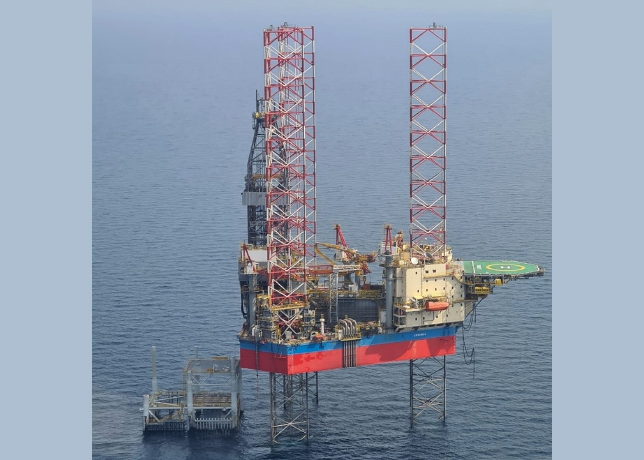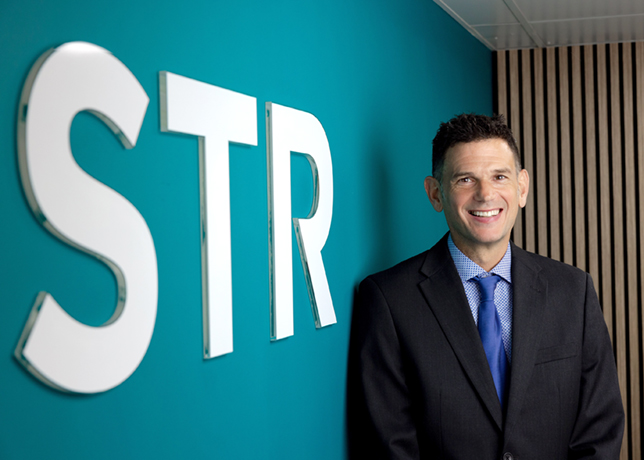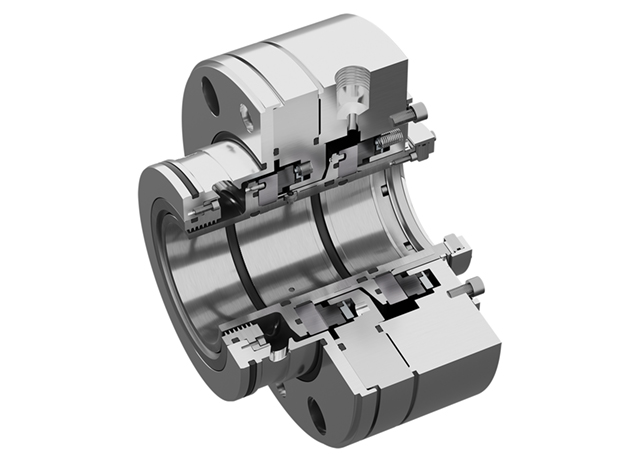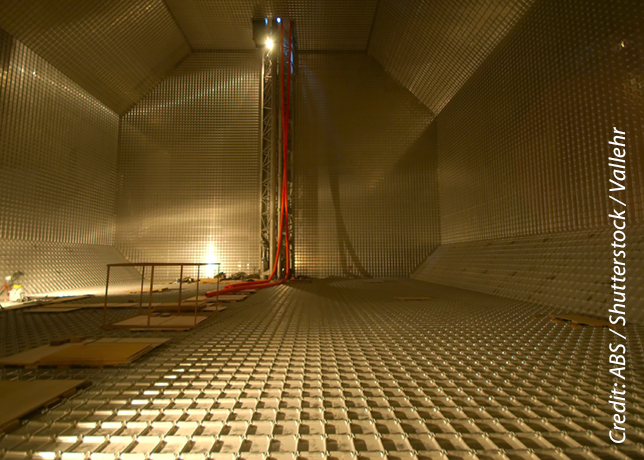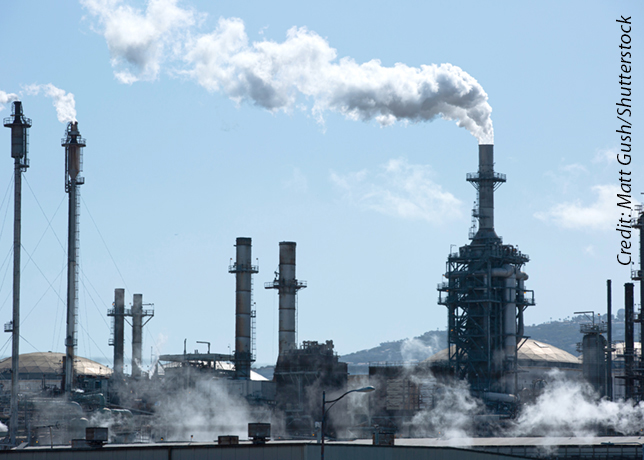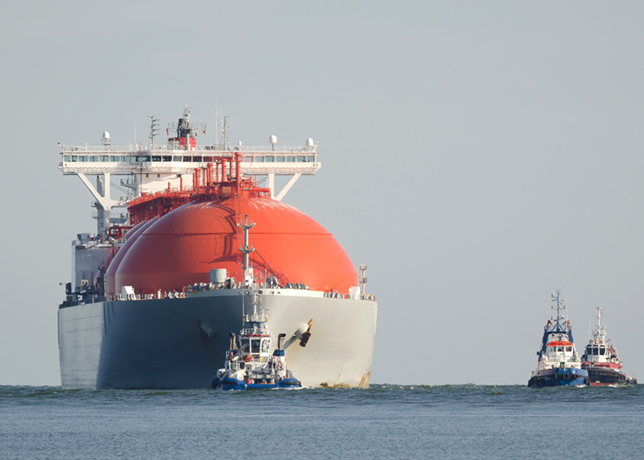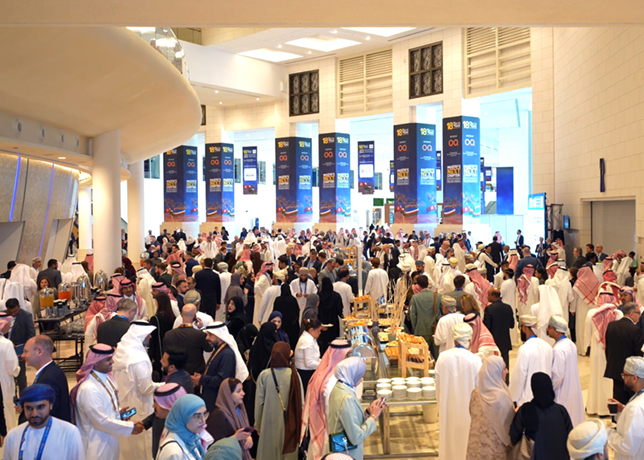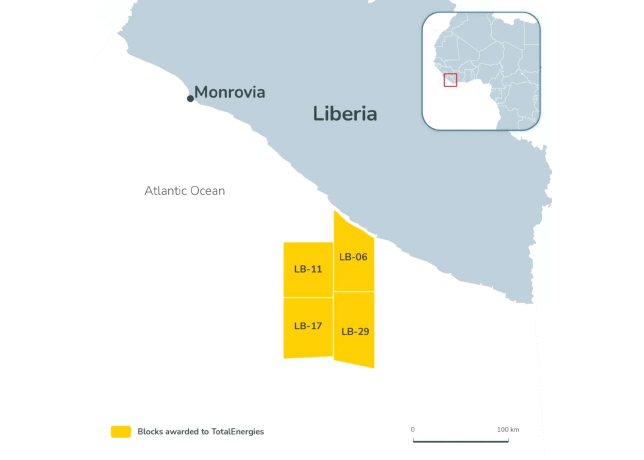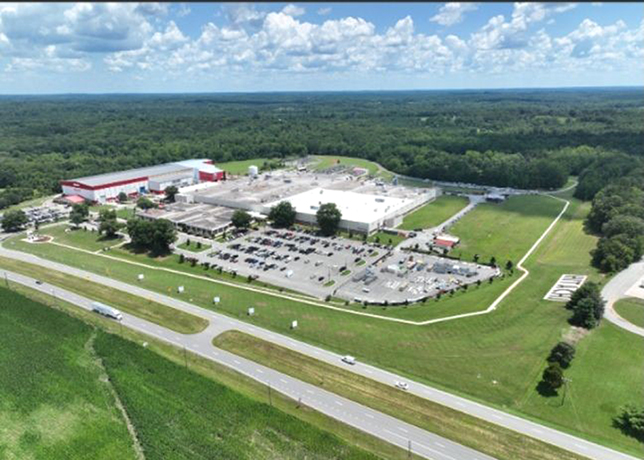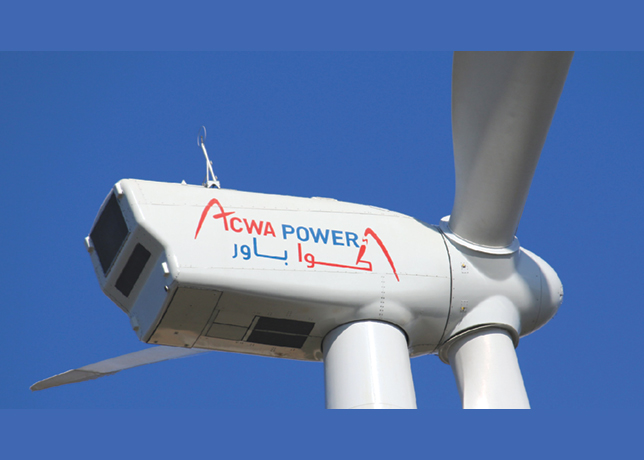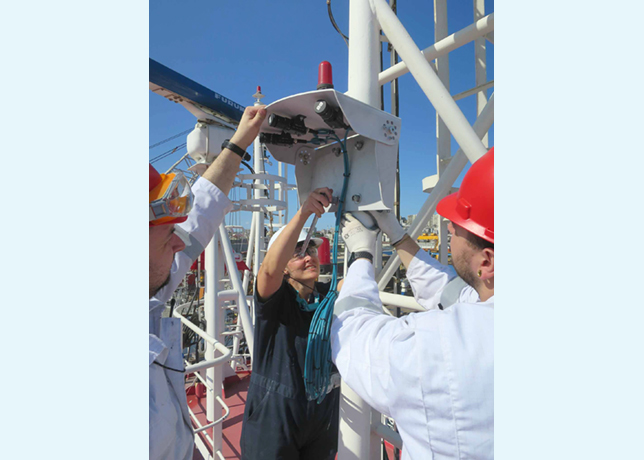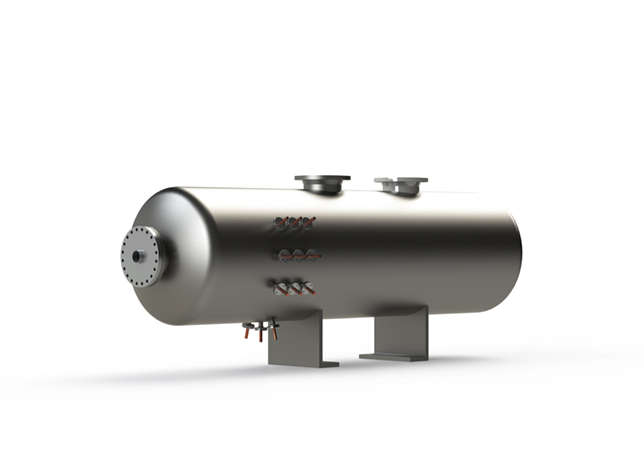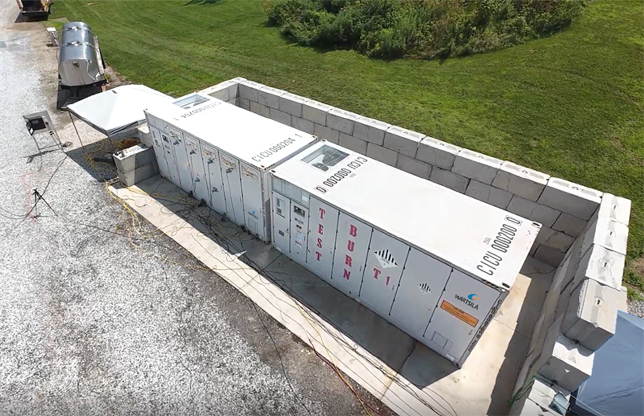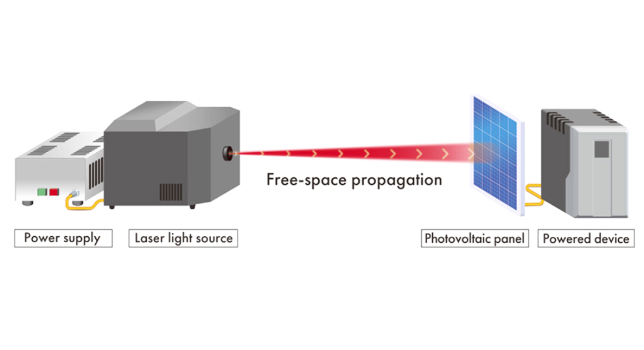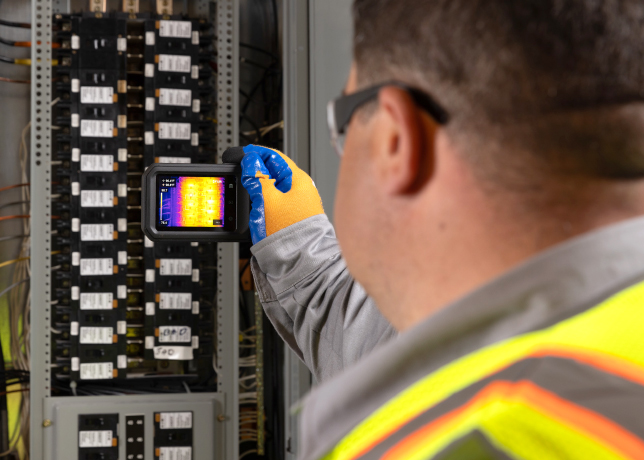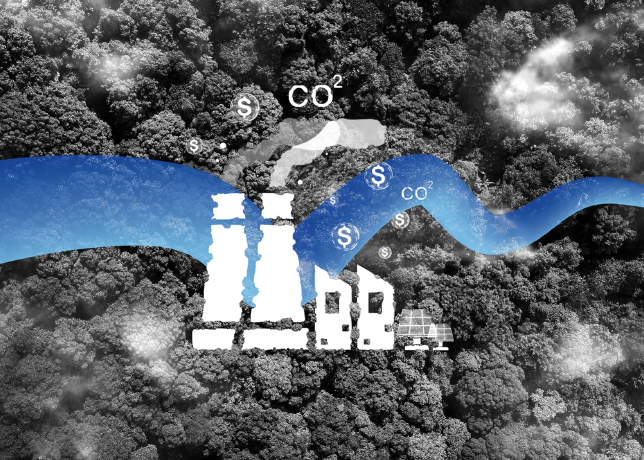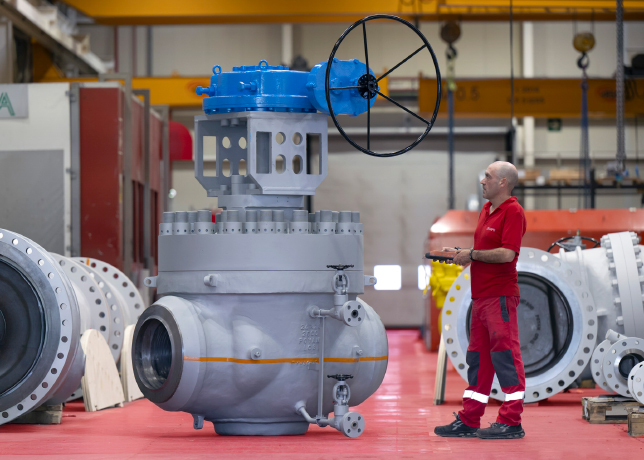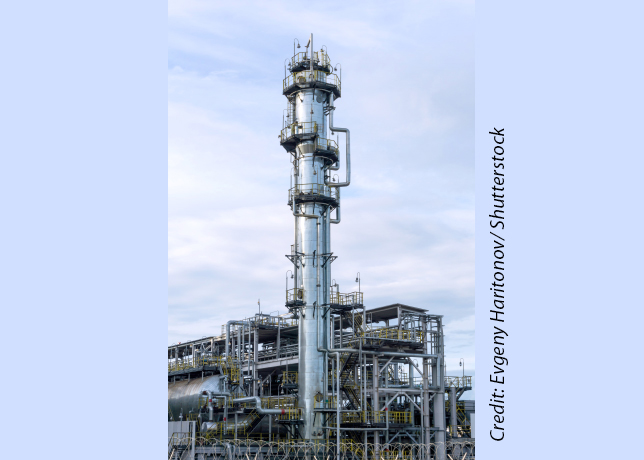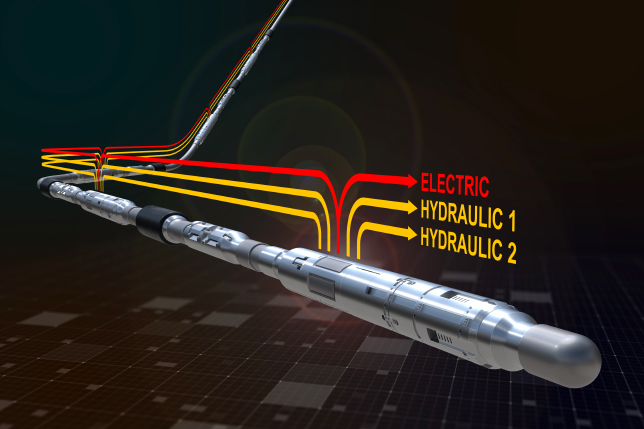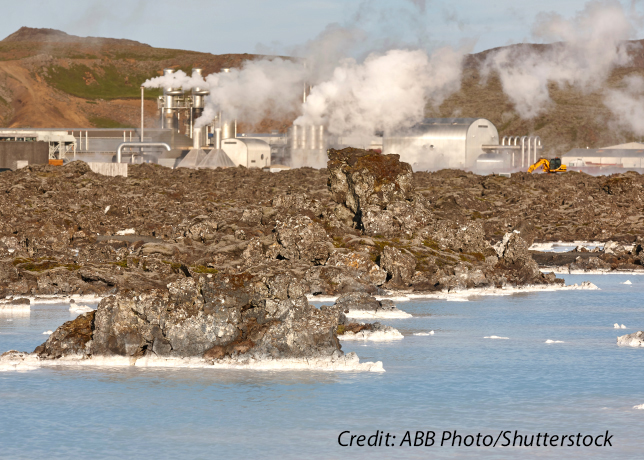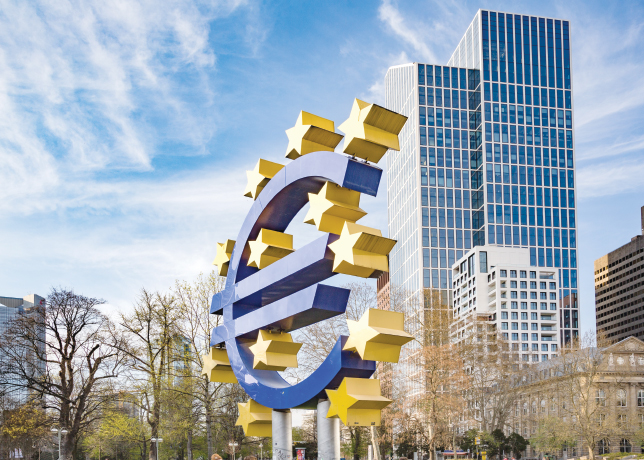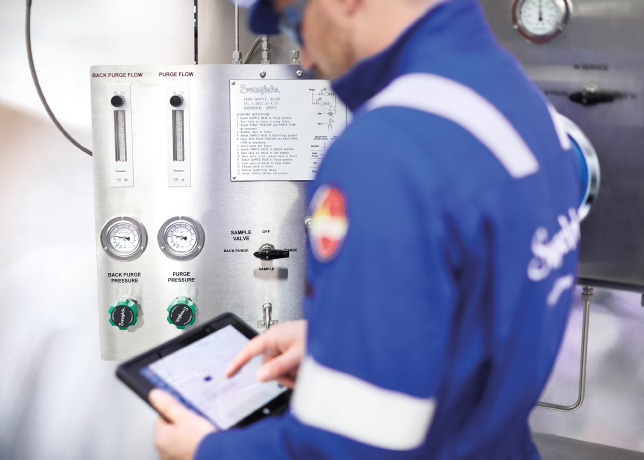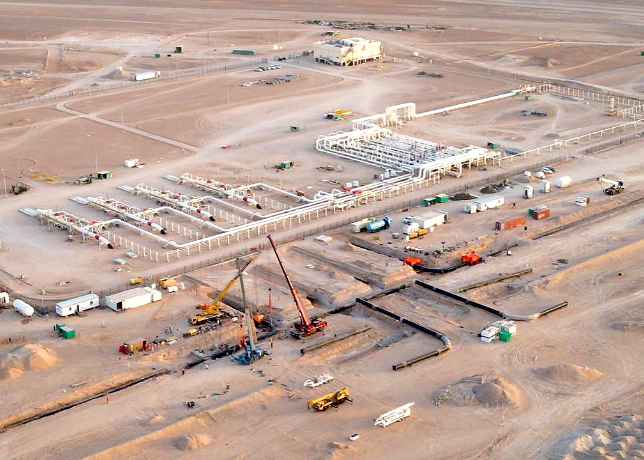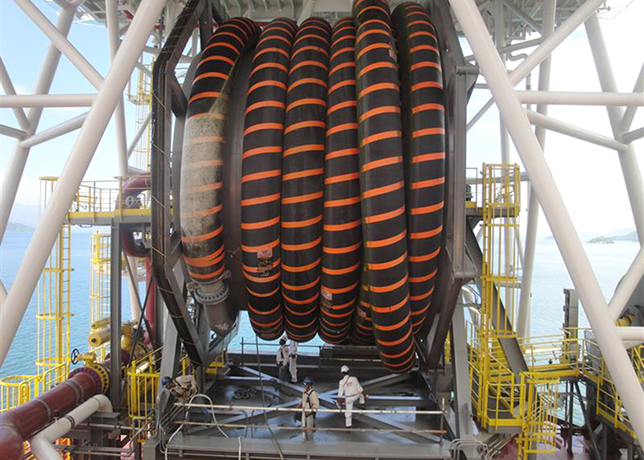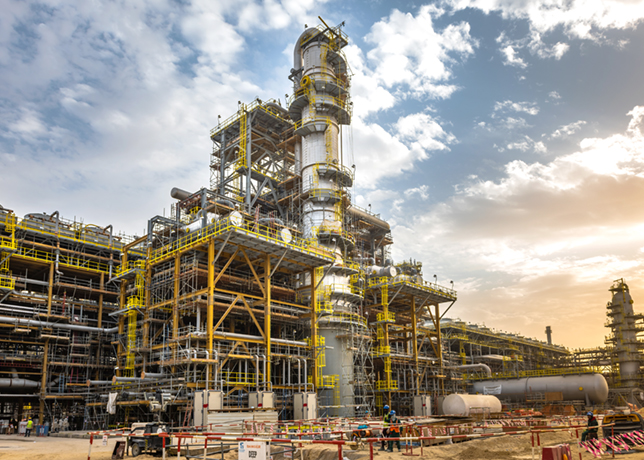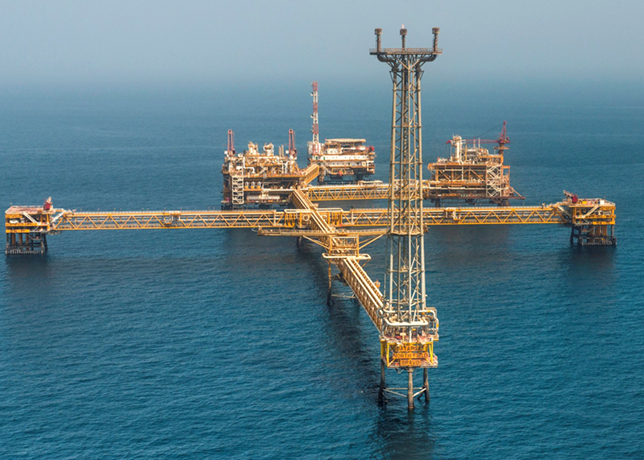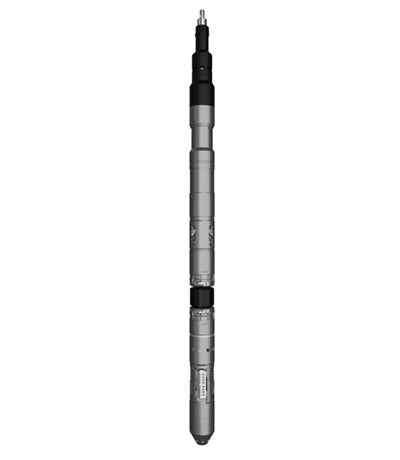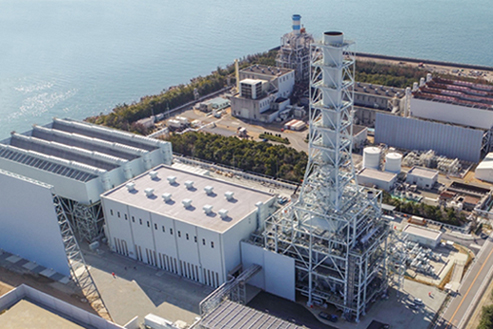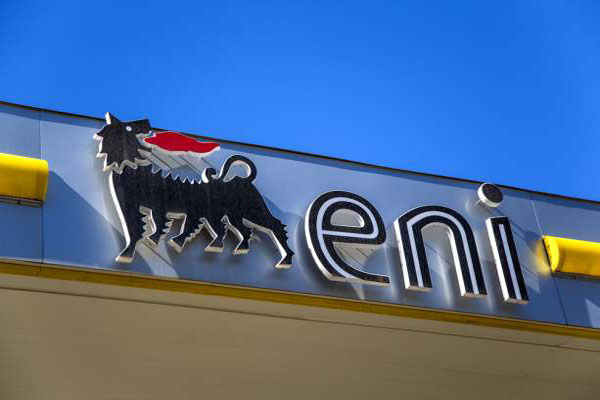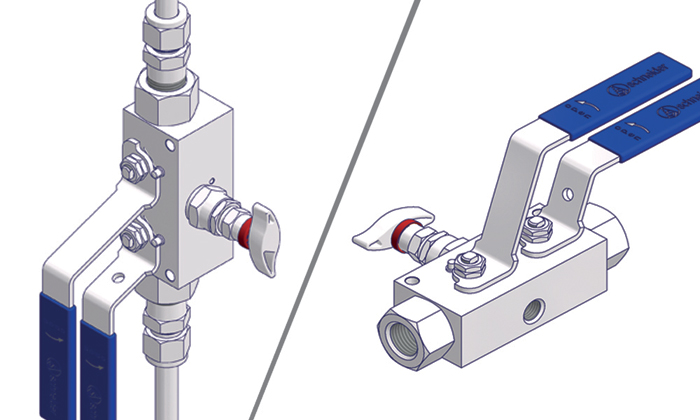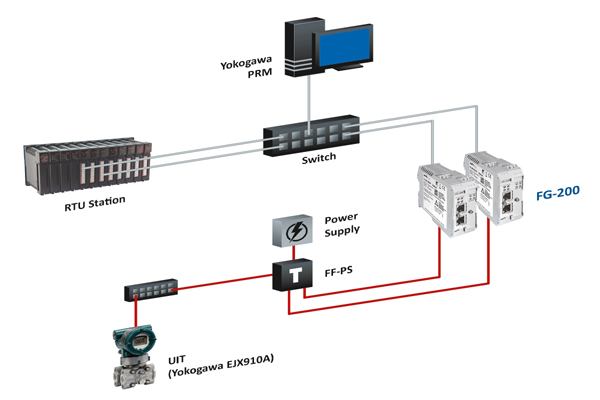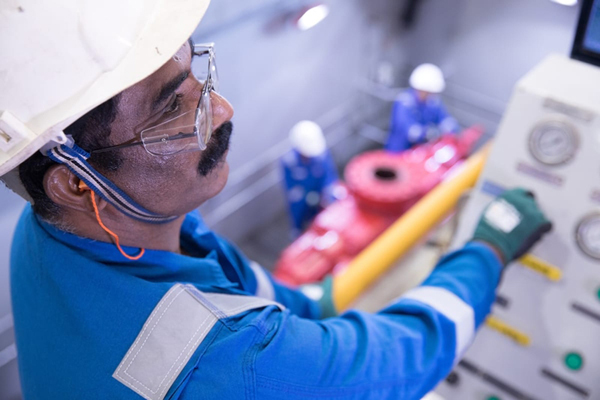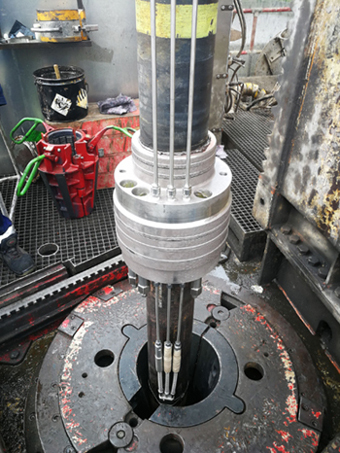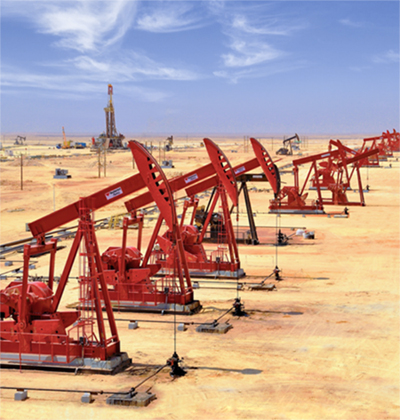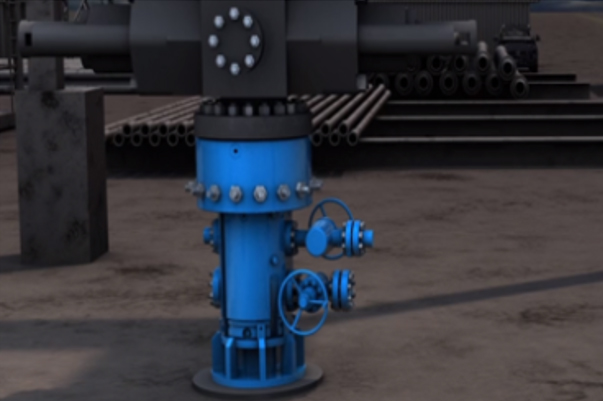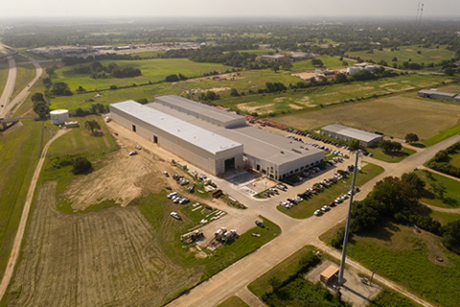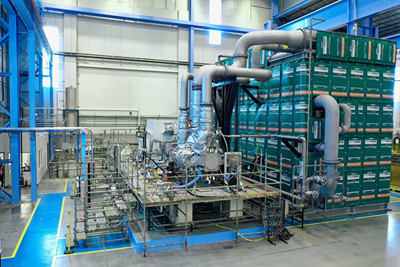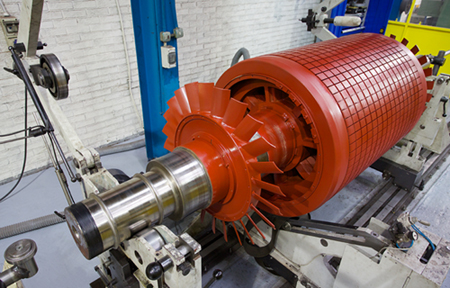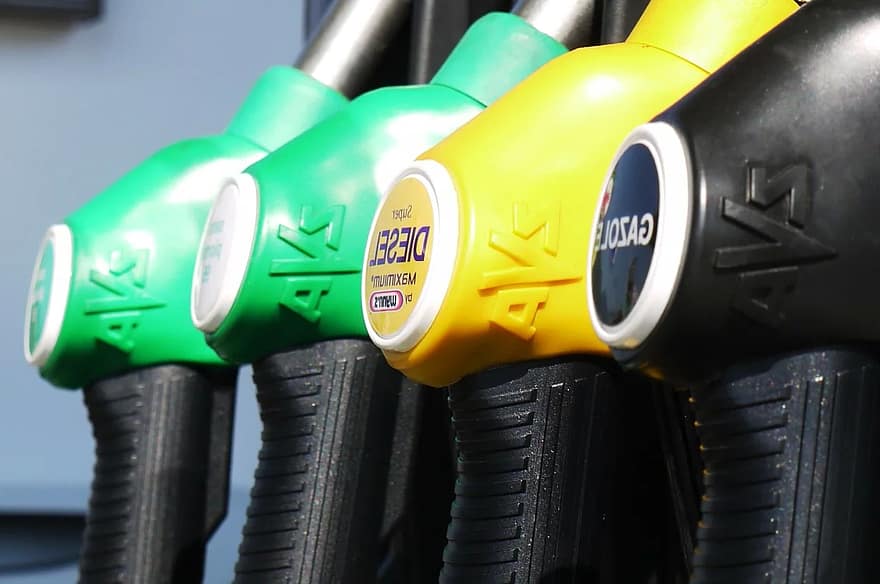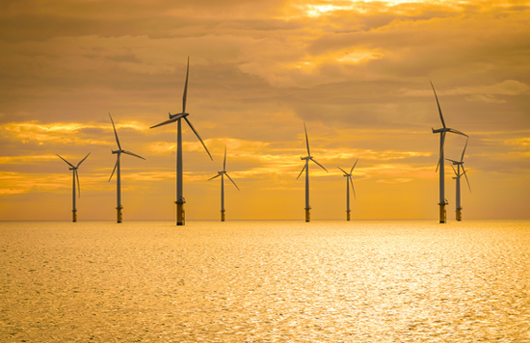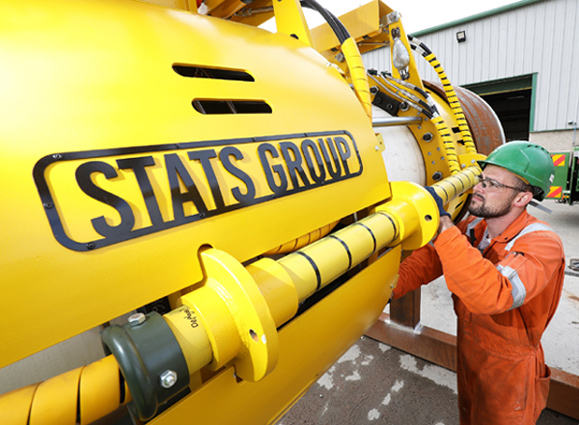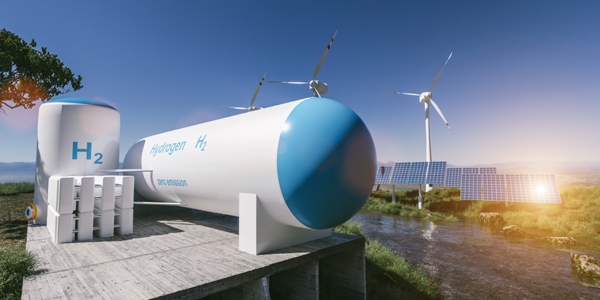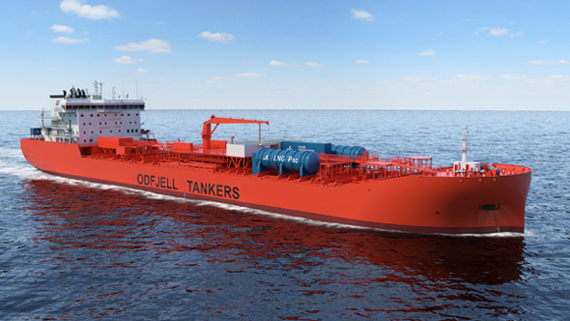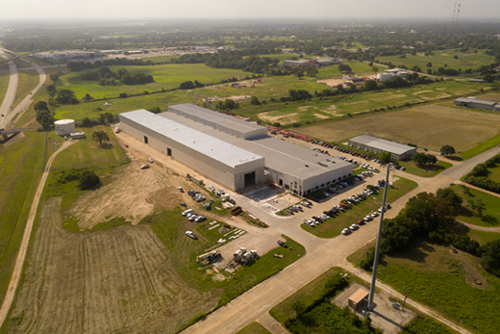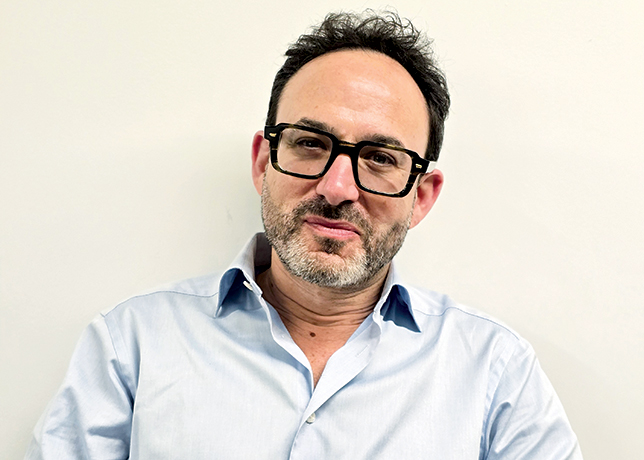
 David Goldman
David Goldman
While geopolitical tensions, OPEC actions, and Trump’s policies fuel uncertainty in oil markets, technology aids traders in navigating fluctuations, David Goldman, Head of Trading at Novion, tells OGN
As we say goodbye to 2024 and enter the second coming of Trump (pun intended), we can lookback on the previous year and look forward to what this year may have in store.
One thing we can be reasonably certain of, is that there will be no shortage of volatility.
Despite being in the midst of two global conflicts, and in a market dominated by headlines, actual price fluctuation throughout the year was relatively subdued.
The chart of 2024 Brent Crude Oil (Figure 1) shows that the 252-day historical volatility was relatively flat, with a peak of 31.30 per cent and a low of 25.63 per cent.
The closely followed 30-day rate even reached a low of 15 per cent in July, with many market participants at one point fearing the possibility of single digits!
This unusual behaviour (given the global economic backdrop) was initially greeted with some scepticism by traders, who were used to seeing triple digit Brent at the very mention of ‘conflict’.
What soon became apparent, however, was that apart from the Houthis causing some ‘inconvenience’ in the Red Sea, the supply of oil was pretty much unaffected, and, as a result, price acted in tandem.
Even more telling perhaps, is that despite the threat of World War 3 as the various protagonists lined up on either side, the price of Brent Crude actually peaked in Sept 2023 and has been in a downtrend ever since!
 |
Trump wants to expand US oil production to over 13 million bpd in 2025 |
Any semblance of rallies during that period was quickly put to bed by OPEC announcements that they were going to begin increasing production again.
And it was very much a case of ‘from their mouth to the traders’ ears’, as the market sold off almost as fast as the announcements had come out.
IMPACT OF TRUMP ON OIL MARKETS
So we had a situation of geopolitical unrest, set against the looming presence of additional production…a recipe, as it turned out, for unusually quiet trading conditions.
To top this off, China wasn’t playing nice either, their oil imports down for the first time in over a decade (Covid-19 aside).
Who was going to buy if China wasn’t? All eyes were (and still are) on India, who this year will likely become the largest oil importer in the world.
The year 2025 so far has proven to be more of the same, with one special ingredient that is sure to spice things up a little – Trump!
Amongst his speeches and proposed policies it’s sometimes difficult to see the wood from the trees.
His famous 'drill baby, drill' quote is all well and good, but where is this additional oil coming from, given that the US was pretty much at full production capacity under Biden? Greenland?
Perhaps, but the time it takes to actually bring new oil to the market means it’s unlikely that we’ll see any impact during his current term.
Meanwhile, Novion (formerly LMS Markets) is closely watching the implications of Trump's push to expand US oil production, which is set to reach over 13 million barrels per day (bpd) in 2025 - a 3 per cent increase from 2024 EIA0.
This increase could create short-term price pressures and impact trading strategies, reinforcing the importance of Novion’s commitment to utilising technology to navigate these complex market dynamics.
What can we make of the sanctions on Russian vessels? A price spike when Biden announced them, and a corresponding sell-off as Trump looks to build closer ties with Putin.
 |
Figure 1 ... 2024 Brent Crude Oil Chart, Source Bloomberg Terminal |
In fact, it wouldn’t be surprising if he sets himself up as the messiah and makes it his role to bring world peace.
This, however, comes with caveats. It would be foolish to believe that the ceasefire Israel has agreed with Hamas, hasn’t come without a number of assurances from Trump; chief among these, could be the greenlight to strike Iran’s nuclear facilities, potentially pushing the world even closer to war, and with it, higher prices.
But the last thing the American voter wants is higher oil – that is, gas prices. And here’s where OPEC, from sitting on the sidelines come marching firmly back into the picture.
Any chance they think they have to increase production without unduly spooking the market will be taken immediately.
And so we find ourselves in a not too different scenario from last year.
Depending on the reliability of the ever-changing IEA and EIA forecasts, there is a surplus of oil that ‘should’ lead to lower prices.
Then there is the powder-keg of the Middle East and Eastern Europe, liable to explode at any moment.
Consequently, the market moves along quite happily, safe in the knowledge that there are price boundaries on either side.
Brent traded in a $23.50 range last year, peaking at just above $92 in April, with the low of $68.68 coming in September following another one of OPEC’s unwise and badly timed announcements.
So far this year the range has been $7.10. Lots of speculative option positions have been put on (for example, $100+ calls) , primarily in the hope of a major rally, and while anything can (and most likely will) happen under Trump, any potential spike is likely to be short-lived, as broadly speaking, the picture looks much the same as it did last year.
ROLE OF TECHNOLOGY IN NAVIGATING MARKET UNCERTAINTY
Amongst all this, the energy derivatives market is undergoing a profound transformation driven by technological advancements aimed at helping market participants manage volatility.
Novion is at the forefront of this evolution, leveraging AI, advanced analytics, and other cutting-edge tools to support clients in adapting to rapid changes.
AI and machine learning enhance predictive analytics, enabling more accurate price forecasting and risk management.
Blockchain technology, along with smart contracts, ensures transparency and automation, reducing costs and improving efficiency.
Cloud computing and big data analytics allow real-time data processing and insights, while IoT devices provide valuable data from energy production and consumption sources, enhancing decision-making.
As a result, Novion is enabling traders to navigate an increasingly complex and dynamic energy market with greater precision and confidence.
Renewable energy forecasting tools are proving particularly crucial helping traders predict fluctuations in supply from intermittent energy sources, which are becoming ever more dominant. Additionally, data visualization tools and risk management software provide intuitive platforms to assess and respond to market changes quickly.
While Trump-era policies and conflicts add volatility, the balance between supply surpluses and potential price spikes persists.
Amid this uncertainty, technological innovation has become indispensable, with companies like Novion employing advanced tools to empower traders and investors with the agility to navigate these challenges.
As 2025 unfolds, the energy market's trajectory will depend on a number of these factors, from OPEC's production decisions to the impact of renewable energy and global economic shifts, all of which highlight the need for sophisticated strategies and data-driven decision-making.
By Abdulaziz Khattak



